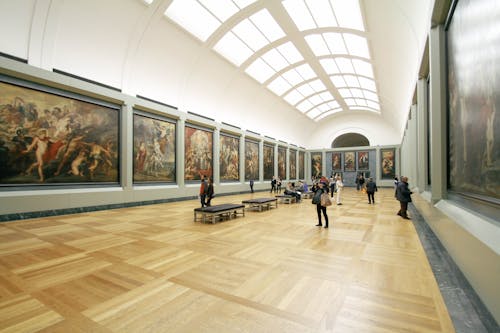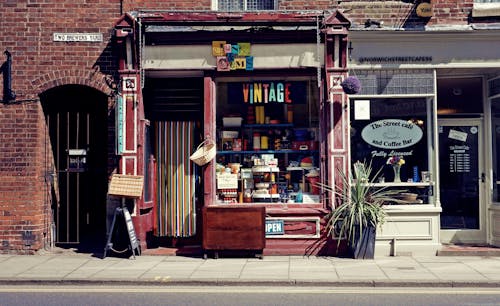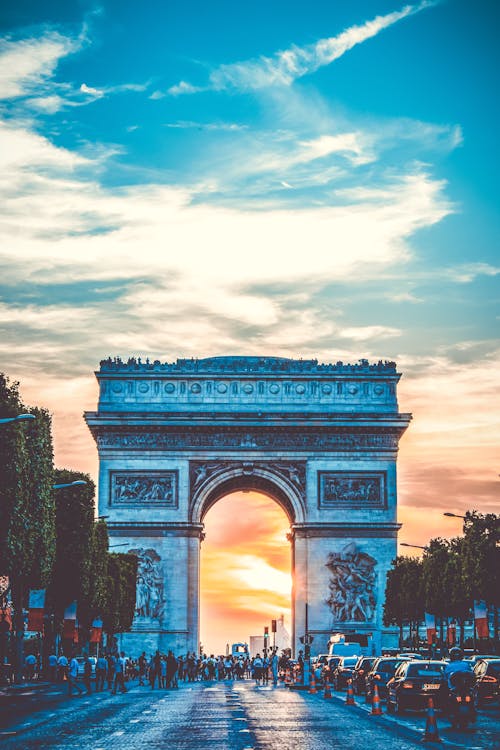The most important kind of character in architecture is that
which results from the purpose
of the building or structure. The use of a structure
naturally calls for a certain
disposition of parts and this arrangement affects the appearance of the exterior, by
which we largely judge character.
Examples:
a. Museum-must has galleries with ample wall space and top
light, which eliminates windows and necessitates the use of skylights.

b. A school building - must contain many windows to admit
the necessary side light and to offer an interesting contrast with the possible monotony of the classroom walls.

c. Shop - a structure with large show windows is usually a
shop for the display and sale of merchandise.

d. Factory - readily seen from the exterior to express the
efficient operation of the
manufacturing within. The exterior shows often only the
structural members which are stripped of all unnecessary decoration together
with the enclosing expanses of the glass to light the interior. The building
has little architectural show, it is simple since it is to raise revenue.

e. Monument-serves to perpetuate the memory of a person or
an important event. It does not produce any revenue. It must be impressive and
should have dignity and command respect. Its function, then, is to be monumental,
usually symmetrical. In the arrangement and uses permanent materials like stone,
steel, concrete, or some durable
and heavy materials to produce a feeling of lasting effect.

f. A Bank-should has dignity-it is a building designed to
house an activity which is very near to the heart and mind of the average citizen-that
of caring for his money. The building should Inspire confidence in its
integrity. This building houses
an activity which is work.

g. Movie-Cinema House -a place of relaxation or recreation
after a hectic day of discharging one's obligations of the day. In this building
psychological use of color and decoration is important. Bright colors and unusual or
unique architectural effects quicken the imagination and cater to the holiday spirit.
This building houses an activity of man-that of relaxation.


h. House - should reflect the informal intimacy of home
life.


Comments
Post a Comment